Explore Northern Irelands Only World Heritage Site
THE GIANTS CAUSEWAY GUIDE

Giant’s Causeway Tour with Guided Cliff Walk
From £57 Per Person

Giant’s Causeway, Belfast Titanic Experience, And Dark Hedges Tour
From £162 Per Person
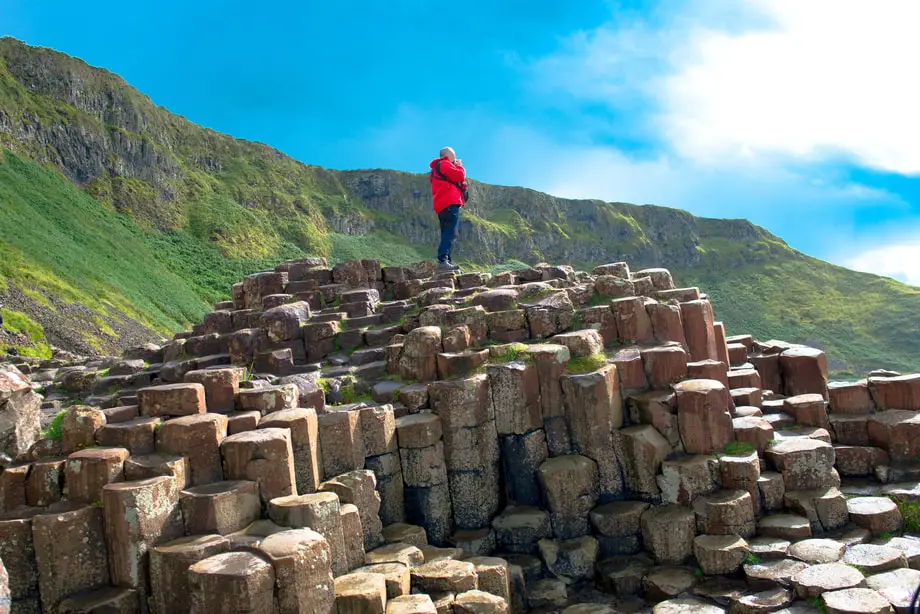
Tour of Giants Causeway and Bushmills Distillery
From £480 Per Group
“You are standing on, or are about to visit, one of my favorite places. The jewel in the crown of the fabulous coast of Antrim. A site of World Heritage and therefore ranked alongside Mount Everest and the Giant Redwoods of California for its importance to humankind. Volcanic activity helped Finn Mc Cool forge this wonder of the World some 60 Million years ago. It is today the habitat of rare plants and animals. Please treat their home with the pride and the care it deserves.”
— David Bellamy
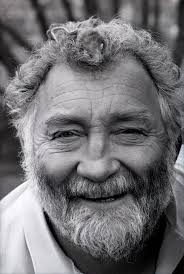
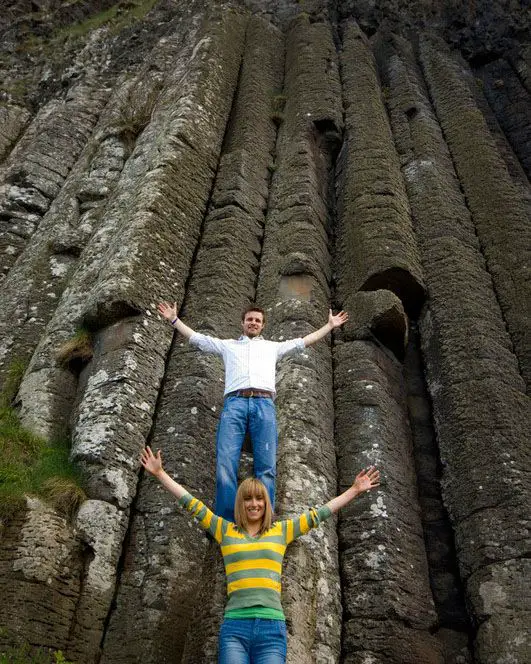
Welcome
Explore the Giant’s Causeway, a UNESCO world Heritage site on the north coast of Northern Ireland, with about 40,000 interlocking hexagonal basalt columns stretching down to the sea. Legends intertwine with science here: some say these formations are the handiwork of underwater volcanic activity, while others recount tales of the giant Finn McCool, whose exploits shaped the north Antrim Coast during a battle with a Scottish Giant.
At the Giants Causeway Official Guide, we’re thrilled to offer entertaining and informative guided tours for individuals, families, and groups. We’re passionate about introducing this magnificent natural spectacle to visitors worldwide.
Embark on an unforgettable journey with a day-long guided tour starting from Portrush, Belfast, or Dublin. As Northern Ireland’s sole UNESCO World Heritage site, the Giant’s Causeway, an award-winning visitor centre, and four walking trails await your exploration. Leave the guidebooks behind and let our knowledgeable guides immerse you in the visitor centre’s exhibition-rich tapestry of history, myth, and beauty this area offers at your own pace.
Experience the renowned Giant’s Causeway Coastal Route in absolute comfort. Be captivated by Northern Ireland’s stunning County Antrim Coast aka the Causeway Coastal Route, the charm of Ireland’s landscapes, awe-inspiring views, and, unmistakably, the Giant’s Causeway, our only UNESCO world heritage site. With us, navigating becomes effortless—we’ll guide you to the best vistas and give you ample time to wander the mesmerizing coastal path from the Giant’s Causeway Visitor Centre car park to the Giant’s Causeway organ pipes and chimney stacks.
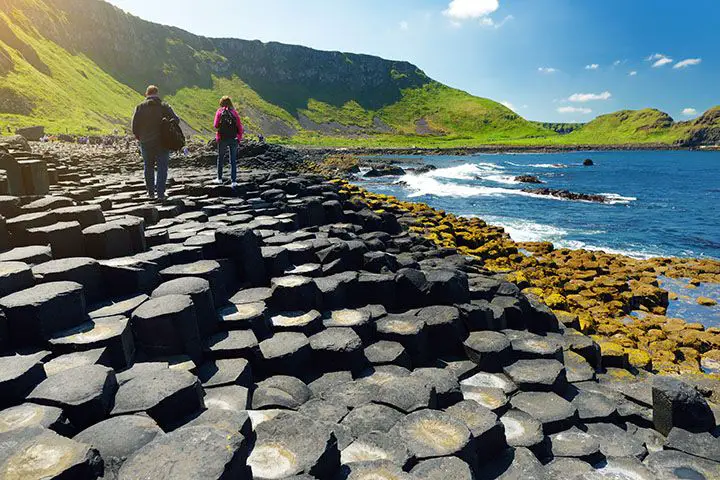

The Giant’s Causeway
Welcome, everyone, to the Causeway Coast Route, one of the world’s most stunning coastal landscapes in County Antrim. It’s a celebrated driving route and home to the Giant’s Causeway, considered one of the most magnificent natural wonders globally.
The Giant’s Causeway is located at the northernmost tip of the Causeway Coastal Route. The giant’s causeway is made up of around 40,000 hexagonal volcanic basalt columns that are neatly arranged in a promontory. The columns were formed some 6 million years ago from basaltic lava flow. The resulting formation is a testament to Earth’s ancient geological processes and looks almost too perfect to be natural.
The Giant’s Causeway is surrounded by a fascinating intersection of myth and science. It’s unclear whether the rapid cooling of lava from an underwater volcano or the work of the legendary Irish Giant Finn MacCool formed the basalt columns. The stories and scientific explanations blend here, adding a layer of mystery and enchantment to our visit.
Visitors worldwide have marvelled at the Giant’s Causeway’s unique rock formations for centuries. This natural wonder has stood for nearly sixty million years as a natural fortress against the fierce North Atlantic storms. The columns’ rugged symmetry never ceases to intrigue and inspire those who walk among them. To wander the Giant’s Causeway is to step back, immersing oneself in the Earth’s ancient history and the tales of giants that once roamed this land.
So, as we prepare to explore this magnificent site together, let your imagination roam free. Remember that the stories and stepping stones off of the Giant’s Causeway have captivated hearts and minds for generations. Today, you join that storied tradition. Welcome to our journey of discovery and wonder!
The Visitor Center
In 2012, a new architecturally designed bespoke Visitor Centre was opened at the Giant’s Causeway, replacing the original building constructed in 1986. The original building was erected when UNESCO added the Giant’s Causeway to its exceptional interest and universal site value list.
The new centre serves as the gateway to the famous Giant’s Causeway, which is semi-hidden in the hillside. It provides visitors with various ways to learn about myths, legends, social history, wildlife, and conservation. The centre is equipped with large screens for shows, an interpretation area, a shop selling souvenirs and local crafts, and a cafe that offers books, pamphlets, tourist information, and multi-lingual audio guides.
The Causeway Visitor Centre is managed by the National Trust, and it is free to enter for National Trust Members.
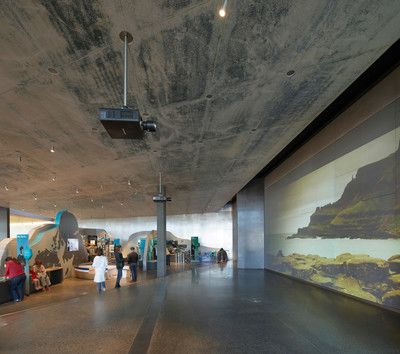
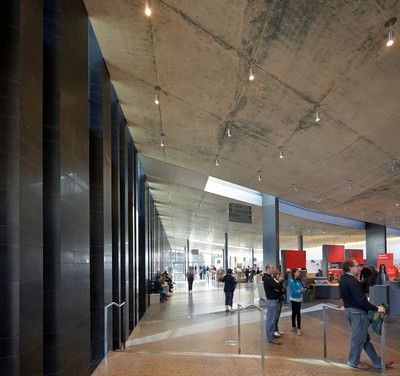
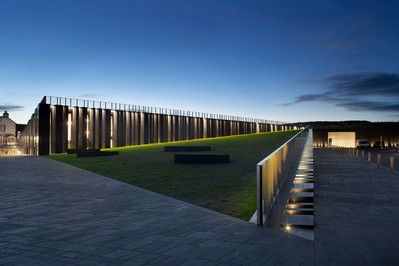
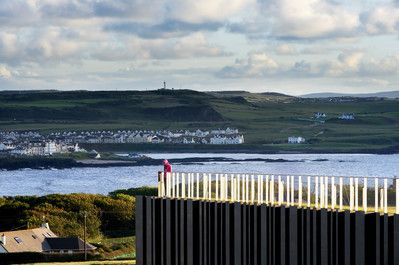
Similar Structures Around The World
The Giant’s Causeway is not as unique as one might think. Similar sites worldwide feature impressive hexagonal columns like those on the North Antrim Coast. The closest site is located on a Scottish island called Staffa Flow, where Fingal’s Cave is also lined with large basalt hexagonal stone columns. Similar structures can also be found in Israel, Iceland, Mexico, and Russia. However, it is worth mentioning that none of these sites are as fantastic as The Giant’s Causeway.
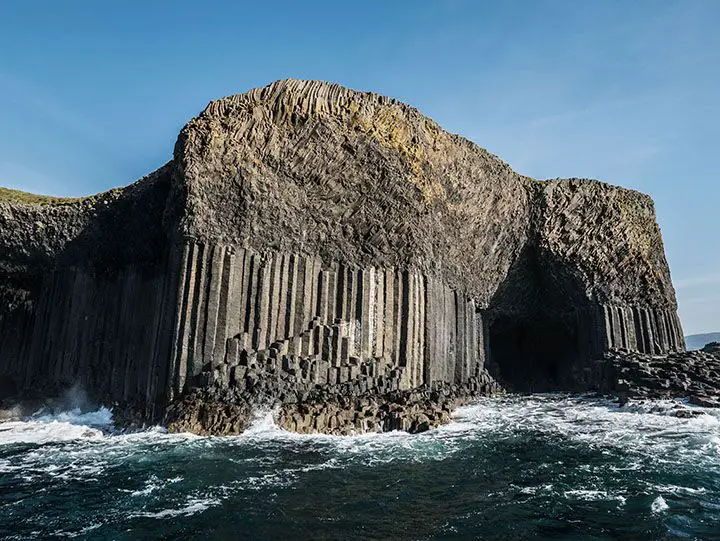
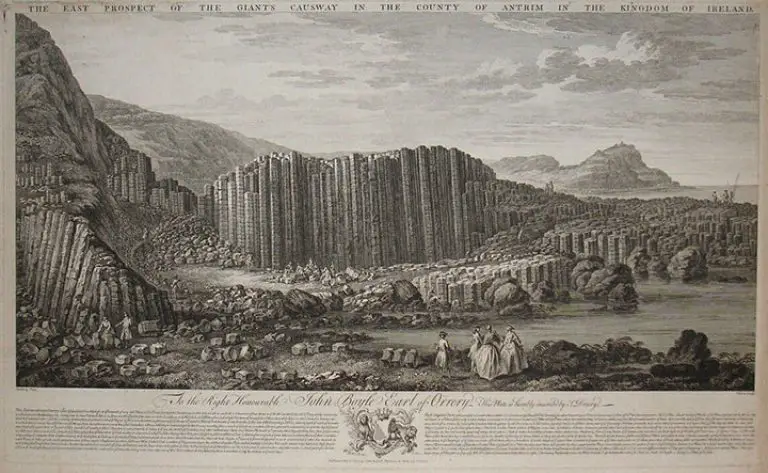
History Of The Giant’s Causeway
Although the Giant’s Causeway was formed over 60 million years ago, the roughly 4000 basalt columns only gained public awareness around 1690 when the Bishop of Down and Conor, William King, “discovered” them. You can learn more about the history of the Giant’s Causeway and how it became a world heritage site here.
Geology Of The Giant’s Causeway
“When the world was molded and fashioned out of formless chaos, this must have been the bit over—a remnant of chaos!” William Thackeray Tweet Thackeray’s
The Giant’s Causeway, located in Northern Ireland, offers visitors some of the most amazing geological experiences on the Causeway Coast. Along with the famous stones, visitors can also witness many natural phenomena such as the Giant’s Boot, the Wishing Chair, and the Giant’s Organ. The coastal route and walk to the stones take in the breathtaking scenery of many of these attractions, and visitors can also snap a selfie on the Giant’s Boot. This popular tourist spot is definitely worth a visit.
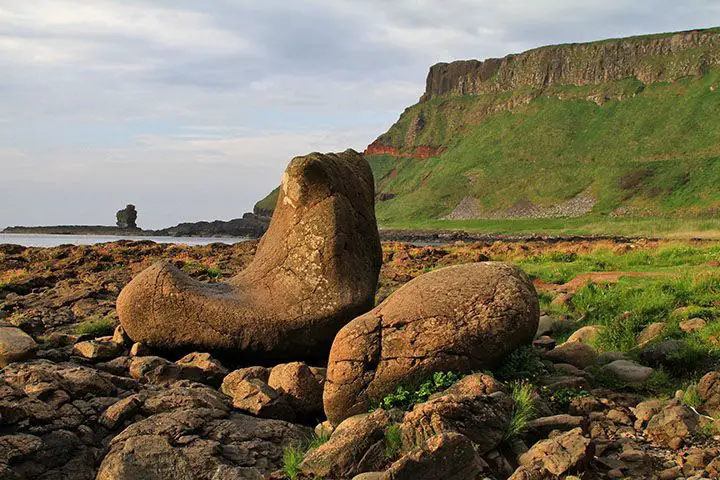
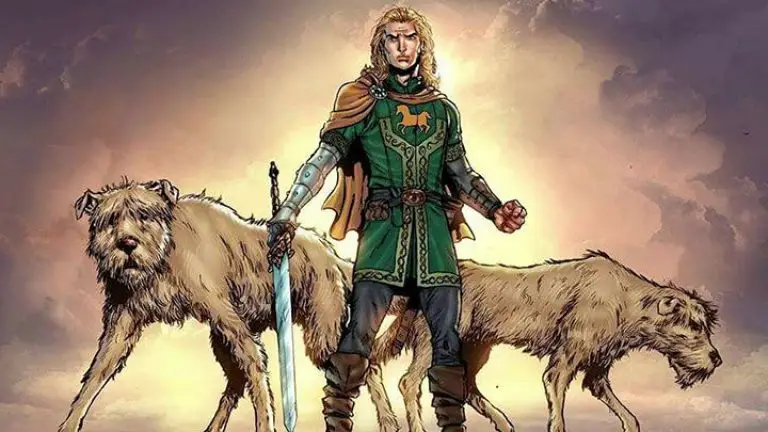
MYTHS & LEGENDS OF THE CAUSEWAY
The Giant’s Causeway near Bushmills is one of the UK and Ireland’s most popular tourist destinations, and it is known for its rare geological formations and enigmatic nature. According to local legend, the columns of the causeway are the remnants of a path built by the giant Finn McCool. The story goes that Finn MacCool, an Irish giant from Gaelic mythology, was challenged by the Scottish giant Benandonner. Fionn accepted the challenge and built the causeway across the North Channel to meet the two giants. Visitors can learn about this legendary battle between Finn McCool and Benandonner at the Giant’s Causeway Visitor Centre, operated by the National Trust.
Flora & Fauna
The Giant’s Causeway is not only known for its stunning rock formations, but it is also a sanctuary for various species of seabirds such as fulmar, petrel, cormorant, shag, redshank guillemot, and razorbill. Additionally, the weathered rock formations are home to several uncommon and exotic plant species, including sea spleenwort, hare’s foot trefoil, vernal squill, sea fescue, and frog orchid.
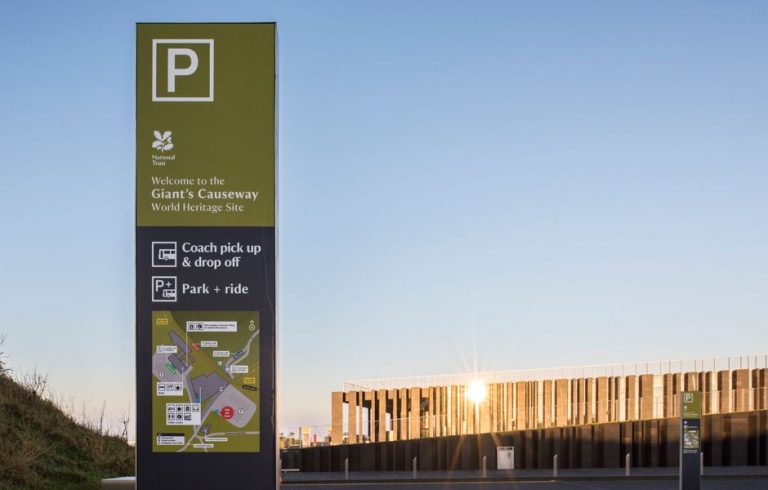
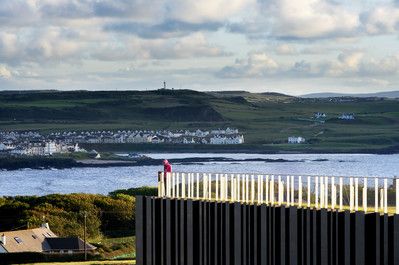
A Gallery Of The Causeway
The Giant’s Causeway is one of the most photographed places in Northern Ireland, if not the world. It offers stunning views of sunrises, sunsets, and even the solar system. You can check out some fantastic pictures of this grand causeway on our Instagram and other platforms.